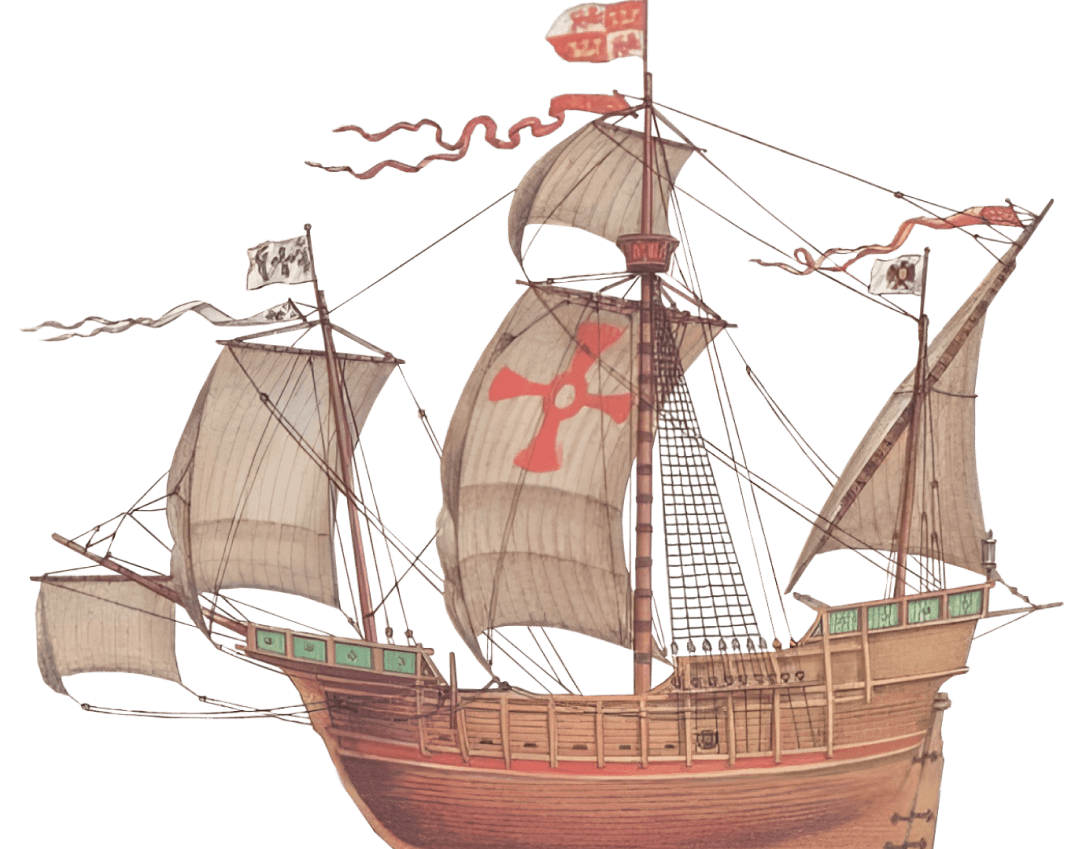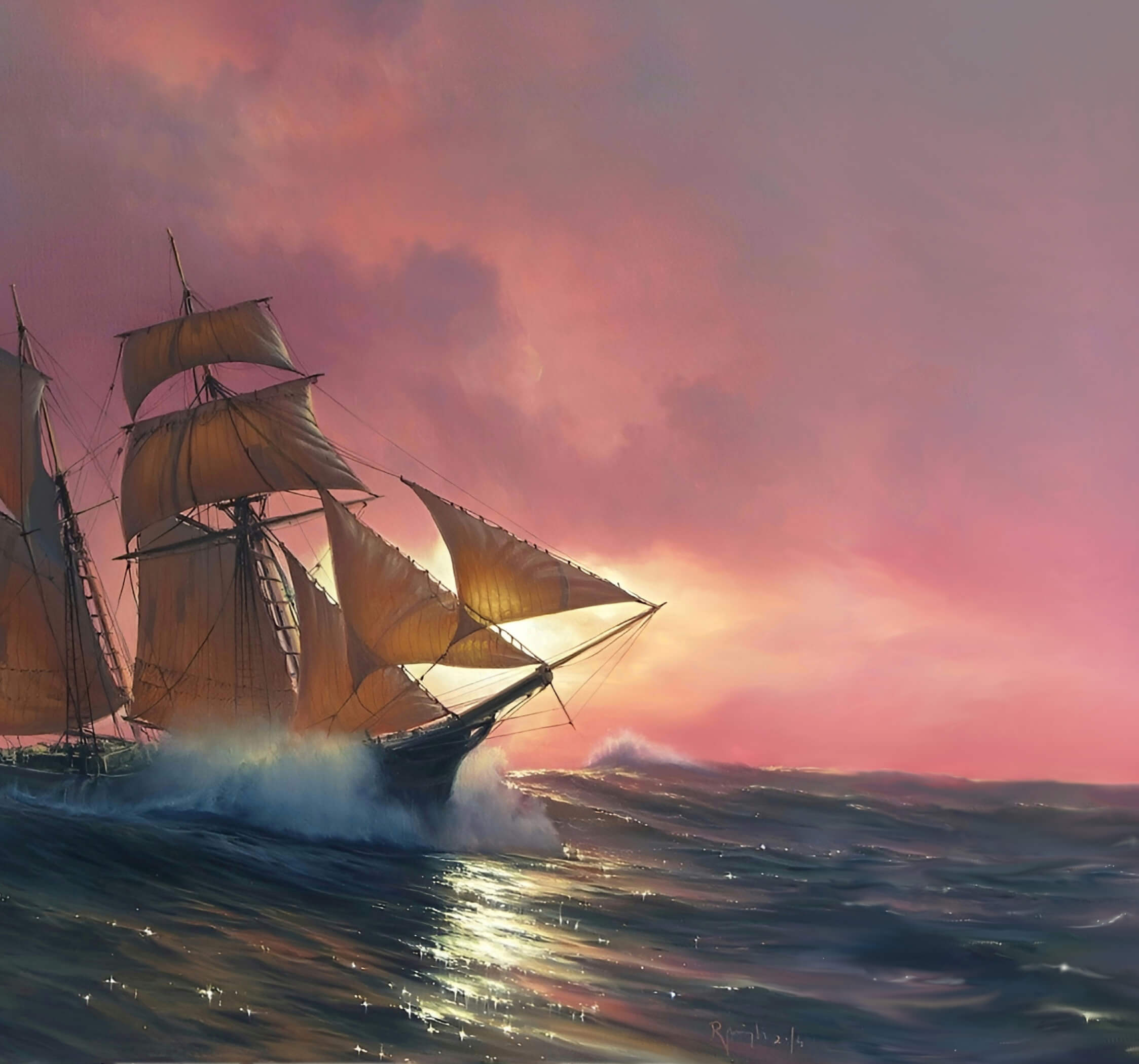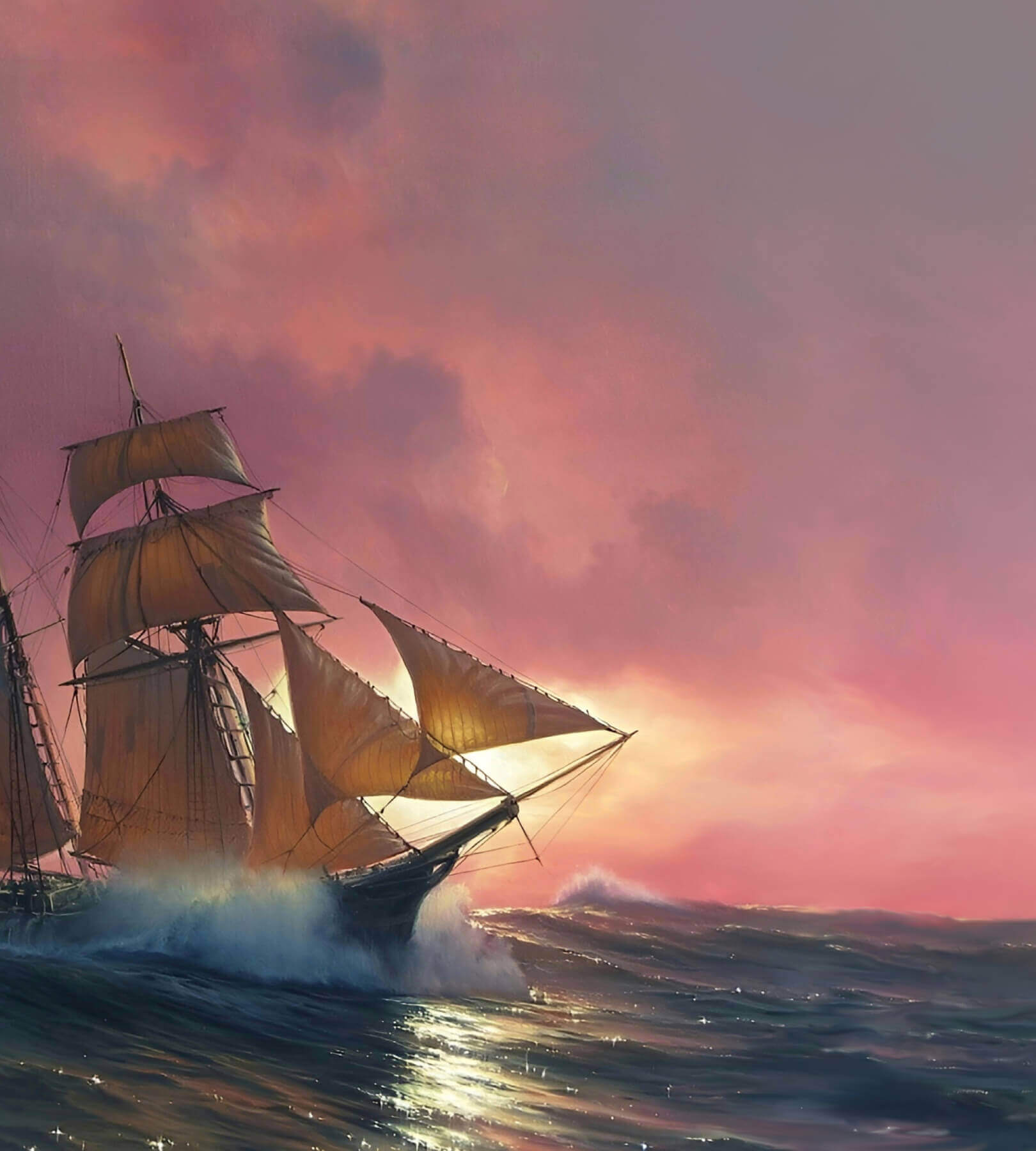




plotting the route...



































XV-XIX CENTURIES ARE CALLED THE AGE OF SAIL

It was only in the XV century that the winds of change blew: it became necessary and possible to develop new lands.
Before, it was more profitable and reliable to use the labor of rowers than to modernize ships, so they sailed only near the coasts.
But the heyday of sailing ships was from the end of the 15th century to the beginning of the 20th. This time is called the Age of Sail.
People have been sailing since ancient times.
WHAT
period
IS THIS?



XV-XIX centuries are called the Age of Sail

period
It was only in the XV century that the winds of change blew: it became necessary and possible to develop new lands.



Before, it was more profitable and reliable to use the labor of rowers than to modernize ships, so they sailed only near the coasts.
But the heyday of sailing ships was from the end of the 15th century to the beginning of the 20th. This time is called the Age of Sail.
People have been sailing since ancient times.
WHAT
IS THIS?
Sailors'
knowledge
technologies
and new
experience,















These were carracks and caravels. Changes in the design of ships laid the foundation for the Age of Discovery.
By the 15th century, the first sailing ships capable of crossing the ocean appeared.



Four masts, firmly braced with ties, for the stability of the vessel


A large sturdy hull to set more sails and take more provisions, weapons and merchandise
A rudder instead of a steering paddle to steer a large ship
Slanted sails to sail
in a side wind
in a side wind
2nd and 3rd tier sails to catch more wind

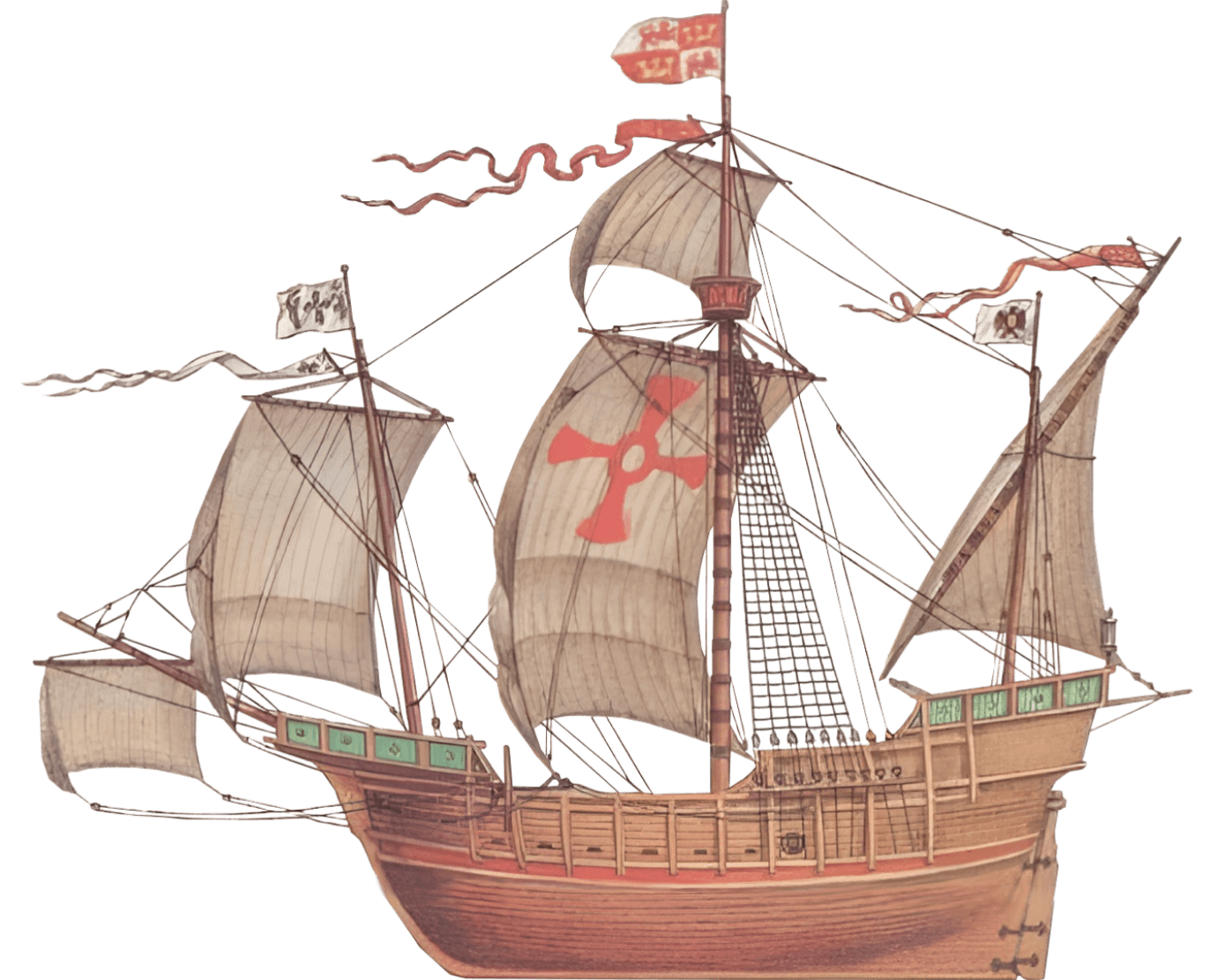
















Cape Horn is stormy winds, rain, waves up to 30 m, currents, reefs and icebergs. It took sailing ships from 3 to 7 weeks to circumnavigate it.




Ships used to spend up to 7 weeks off Cape Horn
The most dreaded route passed Cape Horn to the south of South America. Those sailors who passed it acquired a special status and could wear a ring earring in their ears as a sign of distinction.
A calm and a storm were equally dangerous for them.

Sailing ships were entirely dependent

on
the wind


Sails taken down in time
the moment missed
The sails were up to 500 kg heavy each, so they could overweight and capsize the ship in a squall.









Line ships soon formed a separate class, getting their name as they had from 2 to 5 artillery decks.
warships
APPEARED
Speed and size were more important for merchant vessels, and armament — for warships.
In the 17
But the power of a ship did not always matter. During the Russo-Turkish War (1828-1829) the crew of the Russian brig "Mercury" became famous after they fought two enemy ships and won!

th
century,
the first
Early steamships could not compete with merchant sailing vessels on ocean routes and were used for small transportation or as tugs.
By that time, the steamships invented at the beginning of the century had already spread. The military navy appreciated the miracle of technology: they began to build hybrid steam-engine frigates, and then fully mechanical ships.

Sail
Increasingly powerful artillery led to the invention of first ironclads in the mid-nineteenth century.
That is true, but...

Sail and steam coexisted for almost a century





was at its peak!
And the oceanic navy...
The engine and coal took up a lot of space needed for cargo.

The coal carried was not enough for long cross-ocean routes, so steamships had to call at ports to refuel.

steam
and
Their crews competed with each other to be the first to deliver the new crop of tea for the English upper class.
Clippers were able to get from China to England in just 3 months instead of 6-12.
fastest
The

ships
the
They were faster, roomier and more profitable than that-time steamships on oceanic routes. They could sail in light winds and had so many sails that they were called flying clouds.

Or not?
After the opening of the Suez and Panama Canals and two world wars, sailing ships became history...
The tea rush led to the creation of the fastest ships of the time
largest
Windjammers carried from 2000 to 4000 tons of cargo per voyage.







and
Their crews competed with each other to be the first to deliver the new crop of tea for the English upper class.
Clippers were able to get from China to England in just 3 months instead of 6-12.
fastest
The
ships
and
They were faster, roomier and more profitable than that-time steamships on oceanic routes. They could sail in light winds and had so many sails that they were called flying clouds.

Or not?
After the opening of the Suez and Panama Canals and two world wars, sailing ships became history...
The tea rush led to the creation of the fastest ships of the time

largest
Windjammers carried from 2000 to 4000 tons of cargo per voyage.



The

Crews of sailing boats, from yachts to windjammers, participate in competitions.
Replicas of historical ships are created. The frigate "Shtandart" is a working replica of the first line ship of the Baltic Fleet. It takes part in regattas, festivals, movie shootings. From 2005 to 2007 it was a symbol of the Scarlet Sails holiday in St. Petersburg.
A new
Sailing ships can be seen even today.
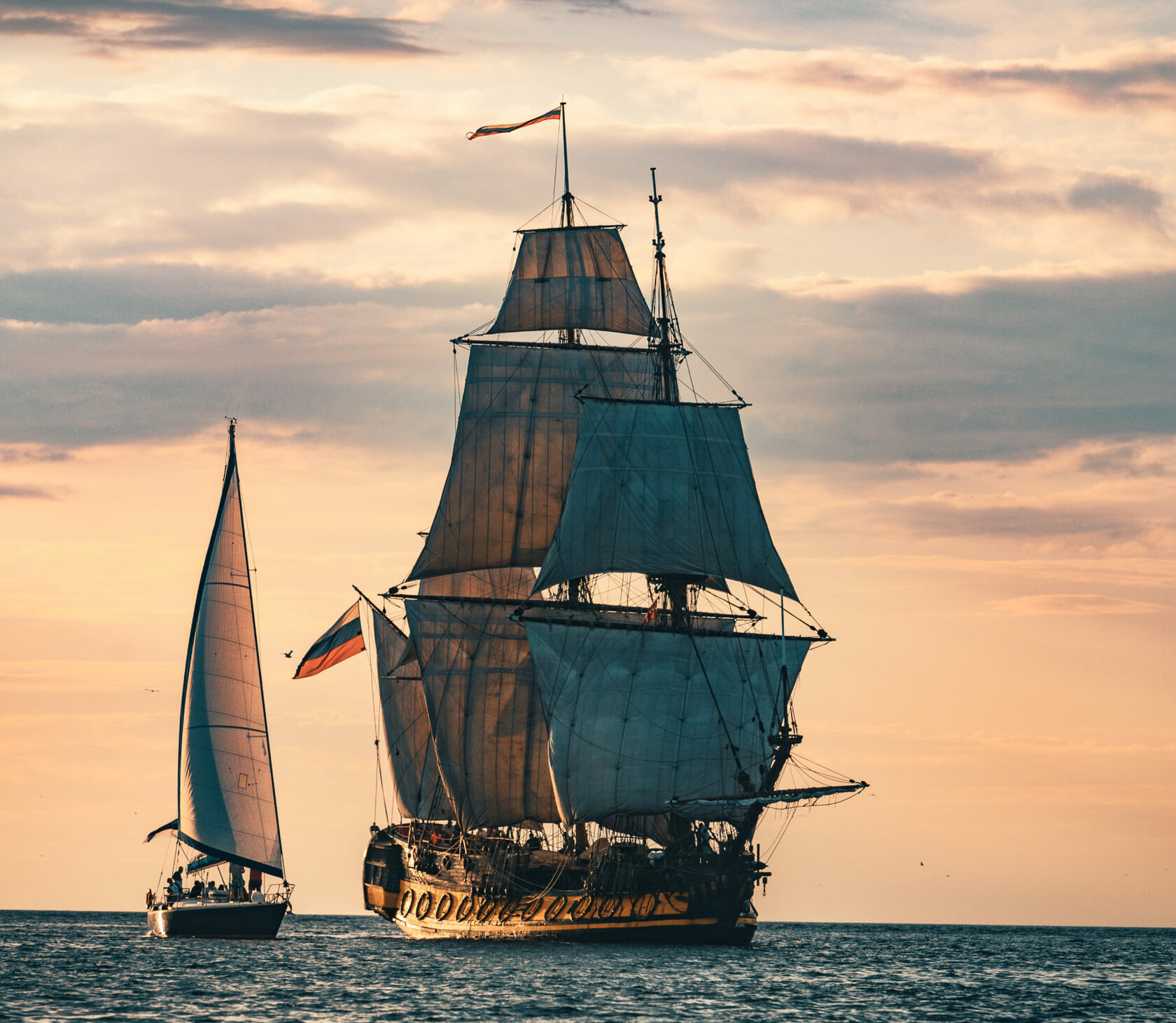

beginning

The "Golden Hind" is a replica of the galleon of Francis Drake, a pirate in the service of Queen Victoria. It made the second circumnavigation in history and significantly added to the British treasury. She is moored in London.
The modern "Victoria" is a reminder of the first ship to circumnavigate the globe and the only one to return from Magellan's expedition (1519 - 1522).
"Goto Predestination" is a reconstruction of the first Russian battleship built under Peter the Great. It is located in Voronezh.
The "Endeavor" is a reconstructed barque of James Cook, the British explorer who led 3 circumnavigation expeditions in the late 18th century. It can be seen in Sydney.





Sails are making a comeback in the economy! Wind energy can save fuel and reduce harmful emissions into the ocean and the atmosphere. Some European companies are already building sailing cargo ships.

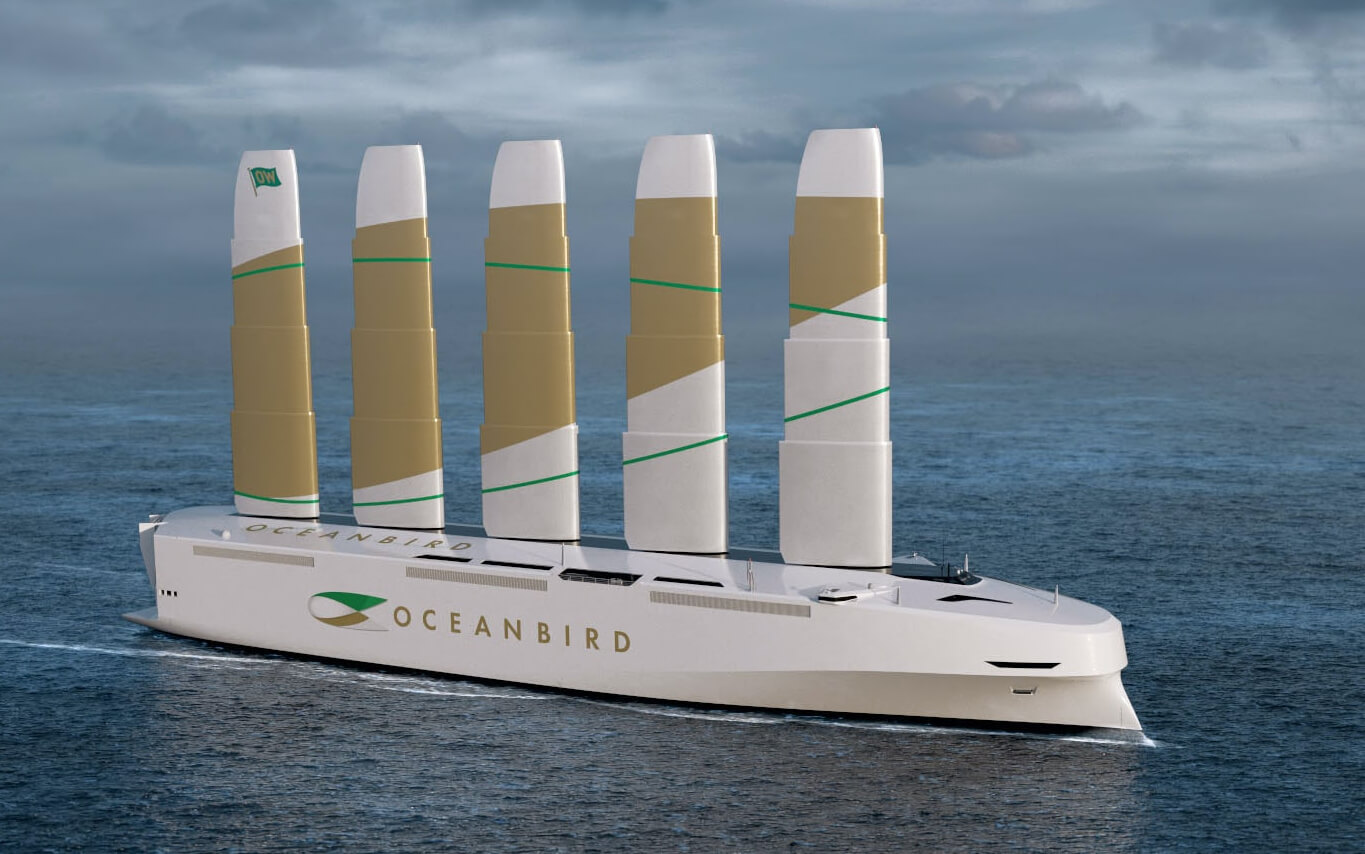
In the year 2000, during The Tall Ships Races, the ship's crew withdrew from the race to save the life of a trainee from a Polish ship, then returned and won!
Students of maritime schools practice on sailing ships. The "Kruzenshtern" is an example of a Russian training sailing ship. It is a surviving windjammer built in the beginning of the XX century.



Age of Sail?
Are we

a
new




entering
